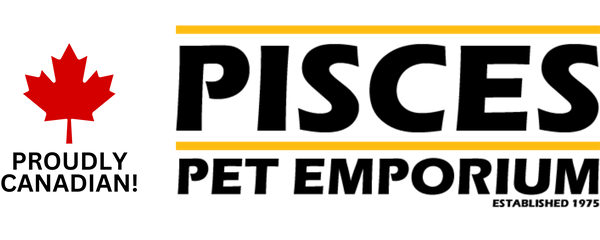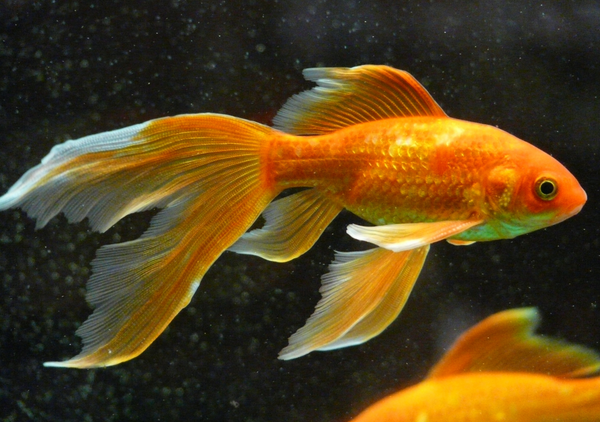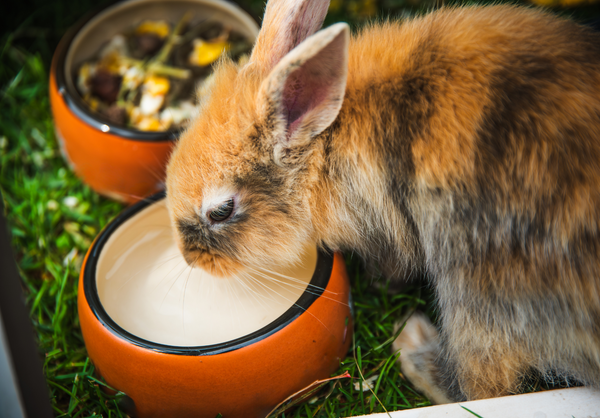The nitrogen cycle is one of the most important factors to maintaining a happy, healthy aquarium and livestock. This is a basic look at the nitrogen cycle: Fish produce waste in the form of ammonia, bacteria convert the ammonia into nitrite, another strain of bacteria converts the nitrite into nitrate, and the nitrate is removed from the aquarium through regular water changes.
Ammonia is one of the most dangerous things for our fish with nitrites coming in at a close second; nitrates come in as the least dangerous to fish. This is why we recommend that fish tanks are fully cycled before adding fish, or at least adding more sensitive fish. Levels of ammonia, nitrites, and nitrates can build quickly, and levels of 1.0 ppm and higher of ammonia and nitrite can be fatal to fish. In contrast, nitrates are considered safe at levels up to 40 ppm.
Now, let’s go a little more in-depth into the nitrogen cycle and how it works. Fish produce waste from eating food and respirating. That waste comes in two forms: ammonia and carbon dioxide. The carbon dioxide is released into the atmosphere through surface agitation or absorbed by live plants we may have in the aquarium. The ammonia, on the other hand, is eaten by Nitrosomonas bacteria and the waste product of the Nitrosomonas is nitrite. Nitrite is then consumed by Nitrobacter bacteria, which then converts it into nitrates. Nitrates in the tank act as a food source for some of our plants as well as for algae. They use a negligible amount of nitrates in most cases, and therefore regular water changes are the best way to remove nitrates from the home aquarium.
There are a couple of ways to get these bacteria present in our aquariums. One way is to add a fish to a new setup and make sure the ammonia stays low enough to keep the fish healthy while the bacteria build up in the gravel, on surfaces in the tank, and in biological media in the filter. Another option is ghost feeding—letting fish food decay in the tank with no fish to fuel the bacteria stores while they build up. Both methods can be drastically sped up using Steps 1, 2, and 3 and Tankbuster.
We hope this gives you a better understanding of the nitrogen cycle and why it’s so important in aquariums at home.




